The Free From Fairy, Vicki Montagu, talks us through how she came to develop her own gluten-free flours…
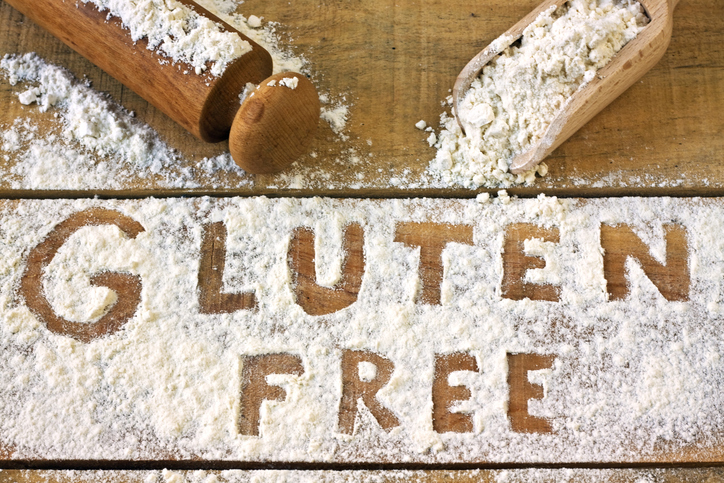
I’m a self-confessed gluten-free flour geek. In my defence I am a scientist by training. However, I could never entertain the idea of working in a laboratory every day of the week with only test tubes and petri dishes to keep me company.
Instead, after completing my biochemistry and genetics degree, I turned my hand to looking after people (homeless people to be precise). I travelled and I played around with developing government policy. But I was missing out on my children growing up.
When my daughter was diagnosed with coeliac disease it was the perfect excuse to turn my kitchen into a laboratory and start ‘playing’ with gluten-free flours. After all, I had been avoiding wheat due to my irritable bowel syndrome for many years before that, but hadn’t quite had the motivation to create great gluten-free products when it was just for me.
It had always annoyed me that to make anything half-decent I needed at least 8 different gluten-free flours in my cupboard.
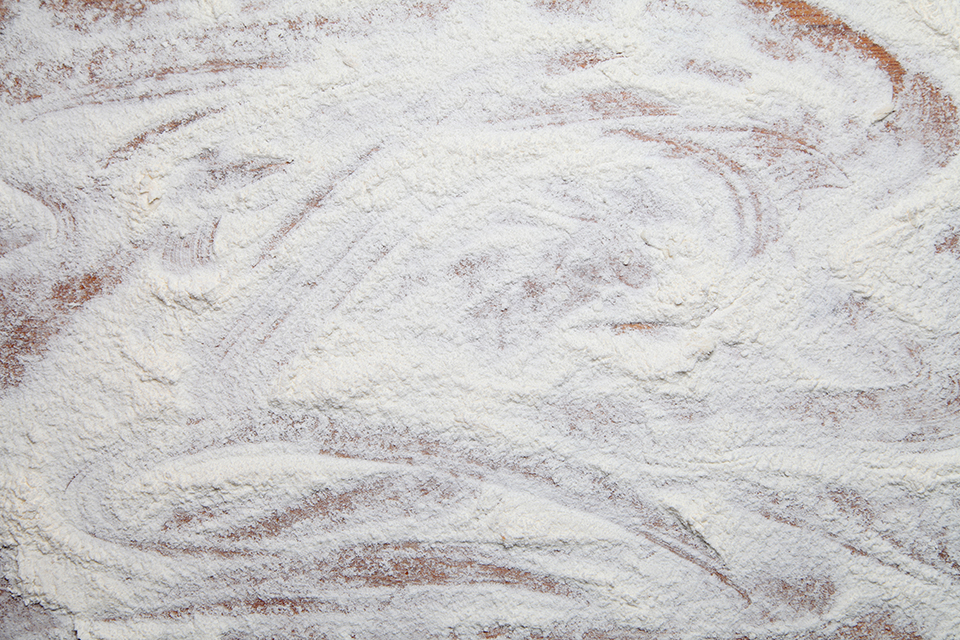
Back to the science
Each flour has a unique property, so unlike baking with wheat flour, to get successful gluten-free bakes a combination of gluten-free flours is required. As another bag of flour dropped out of the cupboard I knew it was time to try to create one blend of flours that I could use in everything I made. I’d set the task, and being stubborn, I knew I had to make it succeed.
After almost two years of reading, blending and experimenting with 23 different blends, I created my wholegrain multi-purpose blend, followed by a self-raising version made with aluminium-free double-acting raising agents.
My final flour blend is made from 70% wholegrain flours – teff, sorghum and buckwheat with a little potato and tapioca starch to help bind and lighten the blend. I carefully chose grains that would provide vital nutrition so often lacking in a gluten-free diet, while also perfect for use in all baking.
During my experiments I learnt a lot about gluten-free flours, and to understand that not all blends are equal and why when baking with some, the results are less than desirable.
The first thing I learnt was that rice flour was in most flour blends and most gluten-free products, but that it contains a dangerous form of naturally occurring arsenic called inorganic arsenic, as does all rice. I therefore wanted to create a gluten-free flour blend that didn’t contain rice flour, which is commonly used in other blends because it is cheap.
Teff
Incredibly nutritious although rather strong-tasting on its own. Combined with other flours it increases the nutritional value of the blend, being naturally high in protein, fibre, calcium, iron, magnesium, Vitamin B6 and Vitamin C. It is also a source of resistant starch, which is not broken down into glucose, but instead broken down by the large intestine and converted into fatty acids. This makes it a perfect carbohydrate option for those wishing to control blood
sugar levels.
It is a ‘heavy’ flour so needs to be combined with ‘lighter’ flours and starches to prevent baked products from being too dense. It can be used on its own to create a traditional fermented Ethiopian flatbread called injera.
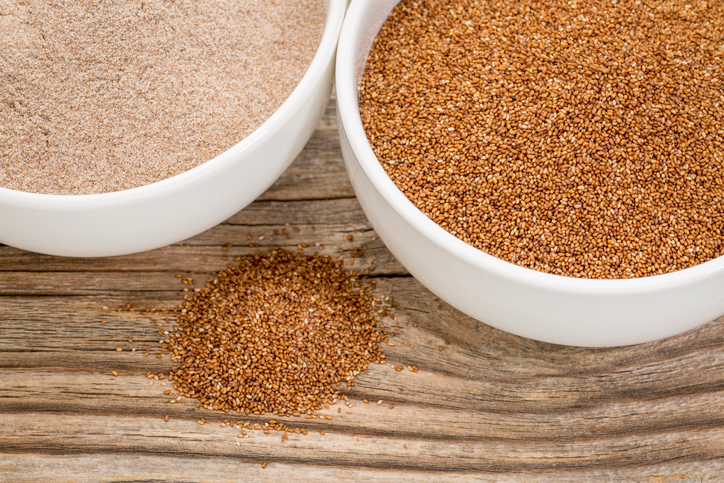
Sorghum
Another highly nutritious flour that is high in protein and fibre along with being a source of iron, manganese and certain B vitamins. Being a wholegrain it takes longer to digest than refined white flours, thereby helping to control blood sugar levels and making you feel full for longer. It has a mild flavour and helps to bind baked products made with it.
Millet
Great for lightening baked goods and has a similar protein content to wheat flour. However it has a short shelf-life, a slightly bitter taste and suppresses thyroid activity leading to hypothyroidism. I therefore didn’t include it in my final blend, although it did make it into successful blend 22!
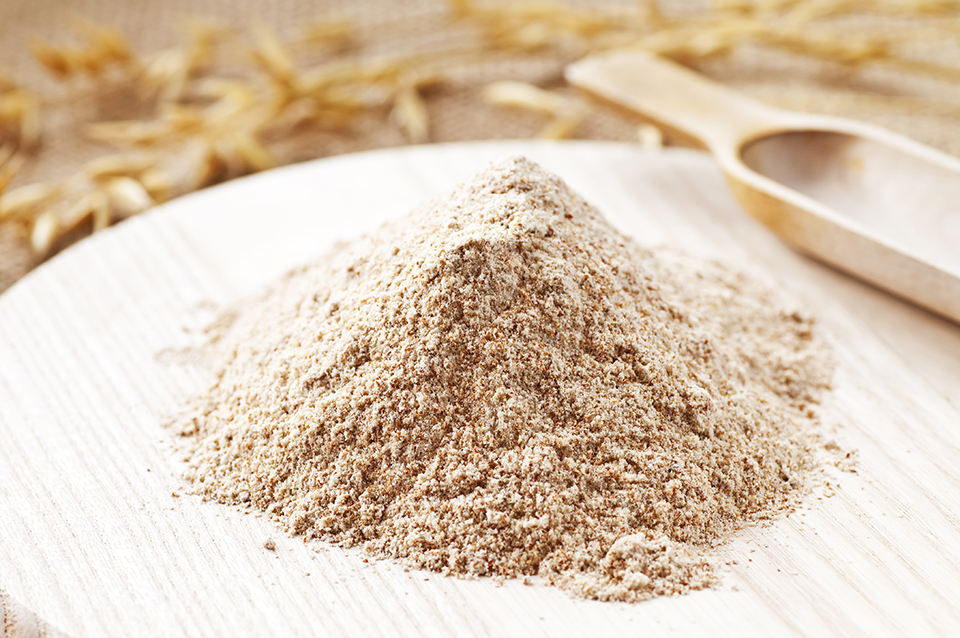
Buckwheat
Nothing to do with wheat despite its name and is another high fibre, high protein flour. It has a strong earthy flavour that many people find overpowering. It is a seed related to rhubarb and acts as a good binder in baked goods.
Bean
Strong in flavour and tends to give you wind! Or at least, being an IBS sufferer, they make it a lot worse. They are, however, very high in protein and grain-free for those who continue to have symptoms on a gluten-free diet. Chickpea flour is perfect used on its own to make socca bread.
Oat
One of my favourite gluten-free flours, but I didn’t include it in my blend because there are a small proportion of coeliacs who react to it. It creates lovely soft bakes when combined with other gluten-free flours. Oats are a source of beta-glucan, a soluble fibre that reduces blood sugar, helps you feel full and encourages growth of good bacteria.
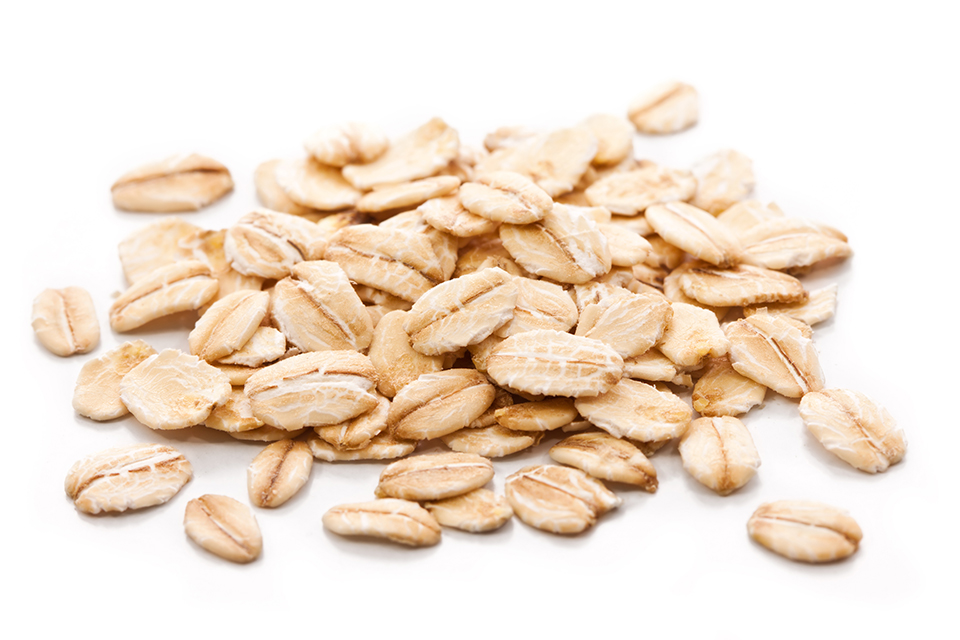
Coconut
High in fibre, protein and healthy fats but can be hard to digest. It also has a low score on the glycemic index, meaning it helps to stabilise blood sugar levels. Because of its coconutty taste it’s best combined with other, lighter flours to get a good final bake. It absorbs a huge amount of liquid so I suggest using 1 additional egg per 1 tablespoon of coconut flour in recipes.
Tapioca
White refined, nutritionally devoid starch. It is extracted from the cassava root and, although it contains no nutrients, it is very helpful in gluten-free baking as it helps to lighten and bind them.
Almond
Can be used in low carb, grain-free baking. It is high in protein and fibre and creates lovely moist bakes. It is great combined with other gluten-free flours. Makes delicious, rich cakes when combined with my blend.
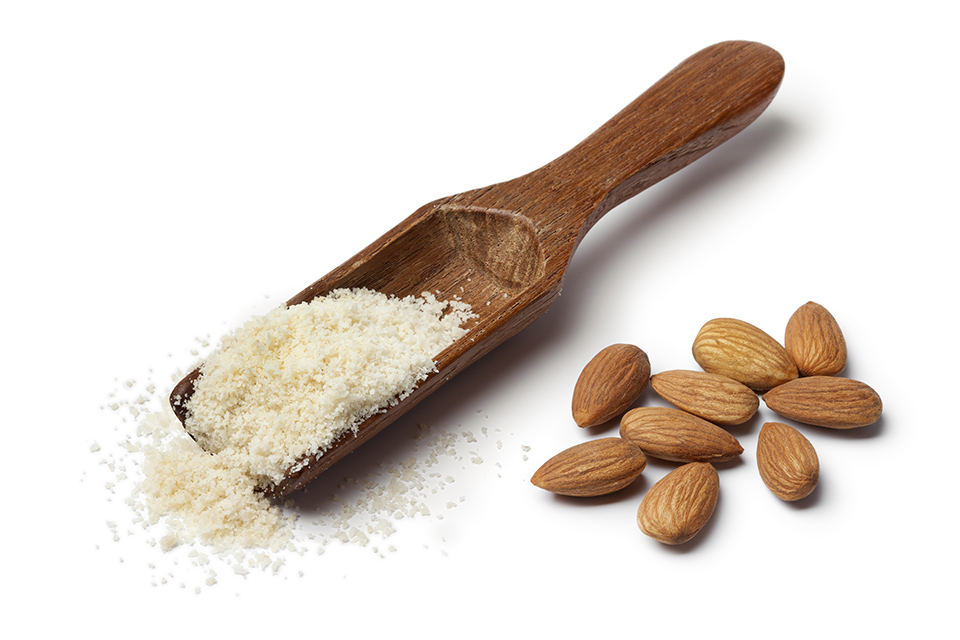
Chestnut
A lovely fine flour with a slightly sweet flavour. It is quite a ‘light’ flour, but should generally be combined with other flours to lessen the flavour. It is high in fat and therefore goes off quickly. I keep mine in the freezer to lengthen the shelf life
Cornflour
White starch, but made from maize. It absorbs less liquid than potato and tapioca starch and can help baked products crisp up.
Cassava
Made from ground cassava root. It is low in fat, grain-free and easily digested. I’ve only just started experimenting with it, but it is said it can be substituted directly for wheat flour in many recipes.
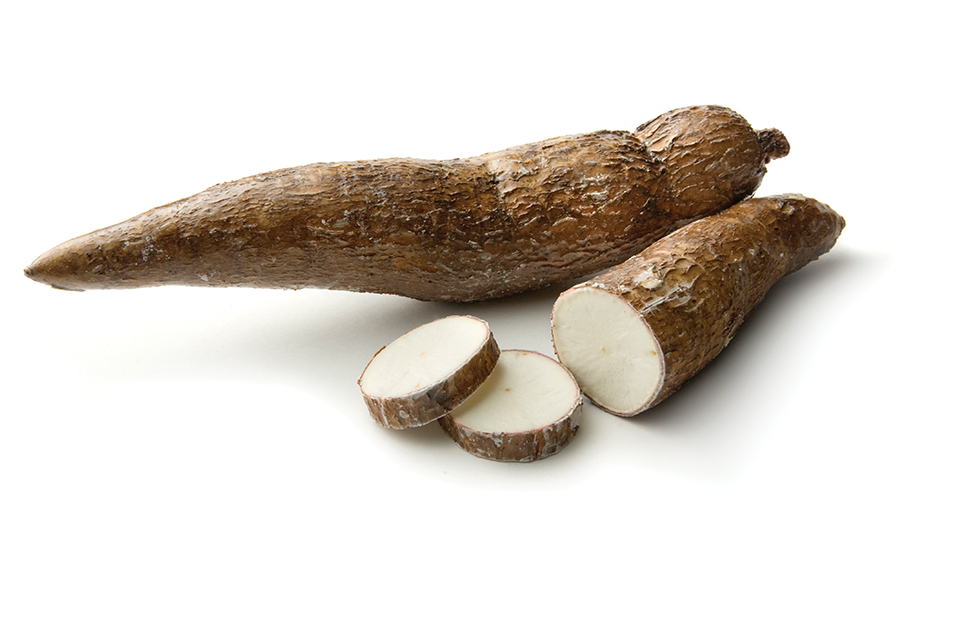
Potato starch
Very similar to tapioca starch and can be used interchangeably in small quantities. Not to be confused with potato flour, which is difficult to find and made from the whole potato.
Quinoa
Provides a source of complete protein, and helps to maintain blood sugar levels. It is a pseudo-grain and a good source of calcium, manganese and magnesium, B vitamins, vitamin E and fibre. It has quite a strong flavour so needs to be combined with other flours to ensure it isn’t overpowering.
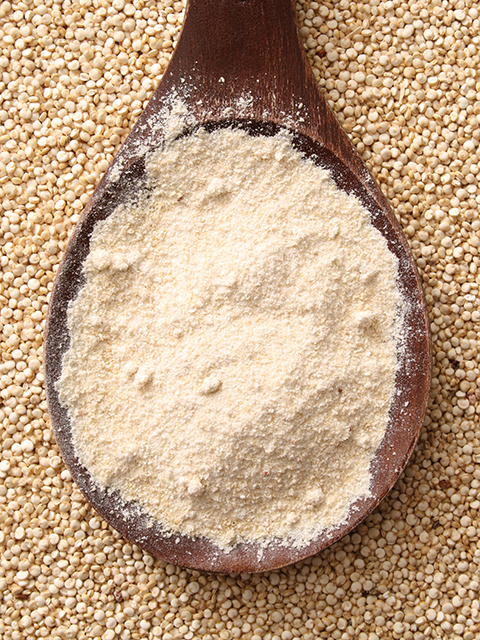
About the author

Vicki Montague is an acclaimed and well-followed blogger, recipe writer and teacher who found her calling after she was diagnosed with IBS. She was later to discover her daughter had coeliac disease. As well as creating recipes, Vicki offers unique cookery lessons too – from the comfort of your own home – via video linkup. She also has a number of videos on her YouTube channel, showing people how to make her simple and tasty dishes. www.freefromfairy.com
